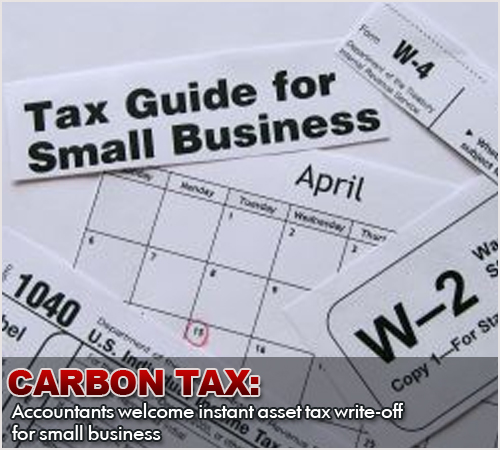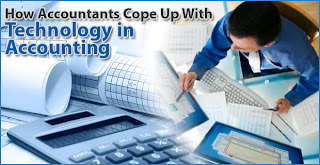
Sentiment among finance, accounting, and banking professionals is high according to the research done by recruitment firm, Robert Half. According to the said research, 88 per cent of employers are confident about their company’s growth prospects for the next year.
Due to investment in new projects, the employees of companies are already feeling the buzz as two-thirds of their workload had gone up as compared to the same time last year.
The workloads of around 43 per cent of staff from the 1678 respondents had risen according to Robert Half’s research. This is due to the growth experienced by the companies; however, staffing levels have remained.
It is stated by a third of the employees that their workload had increased.
“It is great to see so much optimism and business growth in the market,” said Andrew Brushfield, Director of Robert Half, as the firm released its latest Financial Employment Report last week (July 28).
“However, if employers are taking on new projects and planning for growth, it is crucial that they pay close attention to their staff levels, to ensure that they have adequate resources in place,” he added.

Among the companies that are looking to hire more accountants, two-thirds are hiring for finance, accounting, and banking staff at an entry or junior level. Meanwhile, nearly half are going to hire middle-level staff while eight per cent will be hiring at a senior level.
“Given that business confidence is so high, companies need to make sure that they are ready for growth, and recruitment planning is a big part of this. More than half of finance, accounting and banking employers tell us that it is currently taking them over six weeks to fill mid-level positions, so employers also need to pre-empt future growth to ensure they are not caught short,” said Mr. Brushfield.
According to the Department of Education, Employment, and Workplace Relations, engineers were the most difficult to find since only 41 per cent of vacancies were filled in 2010 and 2011. Accountants and school teachers have filled positions at above 80 per cent.
Source: Perth Now »








